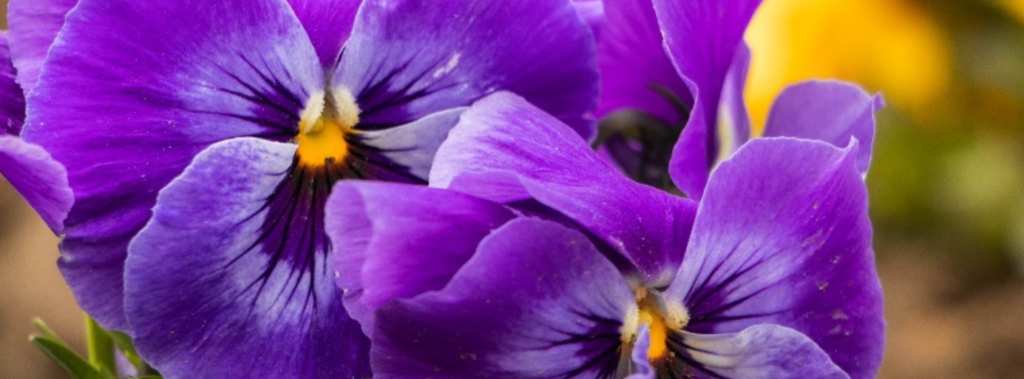

There are about 16 genera of this plant and about 900 species. They can be found in the wild and also bred as a garden or houseplant.
This flower, which is quite unpretentious to care for, has become one of the most beloved and revered plants among gardeners and florists.
Some varieties of violets are bred for the sake of fragrant flowers, such as Viola odorata (with countless garden varieties, crosses, etc., there are varieties with simple and double flowers, and there are also remontant ones); others – for the sake of bright flowers of various colors (monochrome, variegated, light and dark), shape and size, such as Viola tricolor, Viola altaica, Viola lutea and crosses of these and other species.
moisture-rich, well-drained loose soils, acidity pH 5.5-6.5. Violets do not like dense and heavy soils.
Water the violet moderately, usually 2 times a week.
In winter, the temperature in the room should be about 18-20°C. In summer – slightly higher – 20-24°C.
8-9 months a year if you provide proper care.
during the active growing season, 1 time every 10 days with mineral fertilizer for flowering indoor plants, adding it to the water for bottom watering. The dosage of fertilizer should be twice as weak as indicated in the instructions.
leaf, stalk, peduncle and stepson. Garden violets can be bred by sowing fresh seeds in the ground in the fall.
spider mites, scale insects and false scale insects, aphids, thrips, nematodes, scale insects, whiteflies, woodlice, flies and mosquitoes.
Violets are divided into three categories, depending on where they grow: